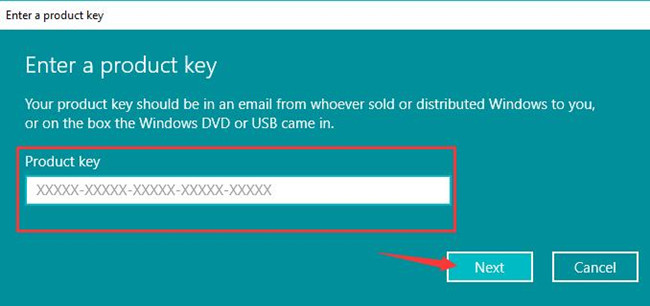
- #Cannot connect to the jamf pro server try connecting again install
- #Cannot connect to the jamf pro server try connecting again download
- #Cannot connect to the jamf pro server try connecting again windows
If a host is unable to reach and retain a connection to the cloud within 10 minutes it will roll back the installation and then exit the installer. Hosts must remain connected to the CrowdStrike cloud throughout installation.
#Cannot connect to the jamf pro server try connecting again install
CrowdStrike recommends using the latest sensor version.ĥ) You can try using the following command line install method to increase the install timeout to 1 hour.
Import the another certificate if needed.Ĥ) Confirm that you are using a supported sensor version. Choose your local machine, click Next, and browse to the downloaded cert. Import a certificate by right-clicking Certificates and clicking All Tasks and Import. #Cannot connect to the jamf pro server try connecting again download
Download the missing certificate from DigiCertHighAssuranceand DigiCertAssuredID. If either certificate is not present, complete these steps. Verify that both required certs are present. In the MMC, click Certificates (Local Computer), then click Trusted Root Certification Authorities and Certificates.  Follow the Microsoft documentation for the Microsoft Management Console (MMC) to enable the Certificates snap-in per the "How to: View certificates with the MMC snap-in" article. Check whether the certs are already present and download and import the certs if needed.
Follow the Microsoft documentation for the Microsoft Management Console (MMC) to enable the Certificates snap-in per the "How to: View certificates with the MMC snap-in" article. Check whether the certs are already present and download and import the certs if needed. #Cannot connect to the jamf pro server try connecting again windows
Windows Power Service (sometimes labeled Power)ģ) Verify that the affected endpoint trusts the CrowdStrike Certificate Authority. The LMHosts may be inactive if you've disabled the Transmission Control Protocol (TCP) or IP NetBIOS Helper on your endpoint.  The endpoint's LAN Manager Host (LMHost) service. Public DNS: Ģ) Verify that the following Windows Services are enabled and running. If your organization blocks these network communications then add the required FQDNs or IP addresses to your allowlists. This includes updates to policy and configuration settings from the CrowdStrike cloud. The Falcon sensor on your hosts uses FQDNs to retrieve dynamic content. NOTE: Ping the FQDNs or IP addresses addresses from the affected endpoint(s) to make sure it can establish a connection. (FQDN) to communicate with the CrowdStrike cloud over the standard 443 port for everyday operation. The Falcon sensor on your hosts uses fully qualified domain names
The endpoint's LAN Manager Host (LMHost) service. Public DNS: Ģ) Verify that the following Windows Services are enabled and running. If your organization blocks these network communications then add the required FQDNs or IP addresses to your allowlists. This includes updates to policy and configuration settings from the CrowdStrike cloud. The Falcon sensor on your hosts uses FQDNs to retrieve dynamic content. NOTE: Ping the FQDNs or IP addresses addresses from the affected endpoint(s) to make sure it can establish a connection. (FQDN) to communicate with the CrowdStrike cloud over the standard 443 port for everyday operation. The Falcon sensor on your hosts uses fully qualified domain names 
The troubleshooting steps for this issue are as follows.ġ) Ensure the correct CrowdStrike URLs and IP addresses have been allowed in your network. From there you will need to review the section titled "Installation fails". These instructions can be found in CrowdStrike by clicking the Support and Resources icon on the top right-side of the dashboard.Ĭlick Docs, then click Falcon Sensor for Windows. EnvironmentĬomplete the recommended CrowdStrike troubleshooting process and implement the steps that apply to your environment. The installation process stops after some time and the installer eventually indicates that there was a connection issue. We are attempting to install the CrowdStrike sensor on our endpoints but it keeps failing.







 0 kommentar(er)
0 kommentar(er)
